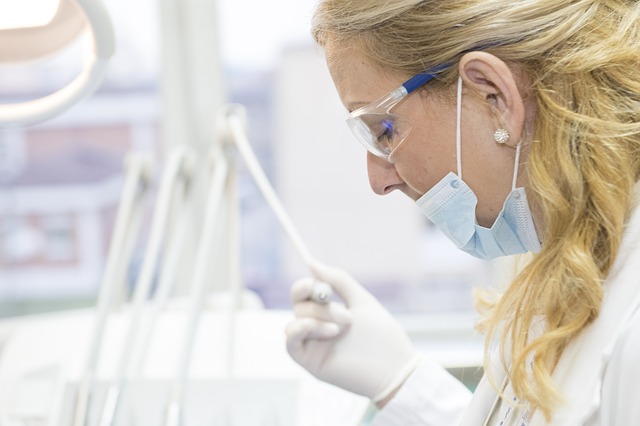October 2003 � A study of obese people with type 2 diabetes who underwent laparoscopic gastric bypass surgery (LGBP) found that 83 percent of them experienced a resolution of their disease.
The study, from the University of Pittsburgh School of Medicine, is in the October issue of the journal Annals of Surgery.
The study also found that clinical resolution or improvement in diabetes occurred in all patients, but patients with the shortest duration and mildest form of type 2 diabetes had a higher rate of resolution after the surgery. During the study there were no new occurrences or recurrences of type 2 diabetes in 310 patient years of follow-up. Nearly one third of patients permanently discontinued anti-diabetic medications after discharge from the hospital � even before significant weight loss could occur.
According to Philip Schauer, M.D., director of bariatric surgery at the University of Pittsburgh, principal investigator in the study and co-director of the Minimally Invasive Surgery Center at the University of Pittsburgh Medical Center, the study suggests that early surgical intervention is warranted to increase the likelihood of rendering these patients euglycemic.
"Most patients in the study with type 2 diabetes who underwent bypass surgery achieved excellent biochemical glycemic control and were able to reap the clinical benefits of withdrawing from most, if not all, anti-diabetes medications, including insulin," Dr. Schauer said. "Younger diabetes patients with less severe disease stand to gain more from the surgery by circumventing years of progressive, debilitating disease."
Continue Reading Below ↓↓↓
The study included 1,160 patients who underwent Roux-en Y gastric bypass surgery (LGBP) between 1997 and 2002 at the University of Pittsburgh Medial Center. Of those patients, 240 had impaired fasting glucose and type 2 diabetes. Follow-up was possible in 190. The mean age at surgery was 48 years and 75 percent of the patients were female. Mean body mass index was 50.
"Prior to surgery, the disease severity for these patients was quite significant overall," said Dr. Schauer, "with 65 percent of them requiring oral agents and 27 percent of them requiring insulin as well."
Post surgery, patients had a mean excess weight loss of 60 percent and a body mass index of 34 after 20 months. Fasting plasma glucose and glycoslated hemoglobin concentrations returned to normal levels in 83 percent of patients, while 17 percent of patients markedly improved. Following surgery, 80 percent of patients had a significant reduction in the use of oral anti-diabetic agents and 79 percent had a reduction in their use of insulin.
"The impressive effect of bypass surgery on morbidly obese patients with type 2 diabetes raises an argument for lowering the threshold for surgical intervention to moderate or mild obesity," Dr. Schauer said. "Further investigation demonstrating risk versus benefit for patients with moderate obesity is warranted."
The LGBP procedure involves constructing a small stomach pouch of approximately 15 millimeters (about the size of a plastic medicine cup), and bypassing a small segment of intestines by constructing a Y-shaped limb of small bowel. Patients lose weight because there is a decrease in caloric intake resulting from the reduced reservoir capacity of the small stomach pouch.
Type 2 diabetes is the most common form of diabetes, in which the body is unable to properly use the insulin that it produces. About 80 percent of people with type 2 diabetes are overweight.
Source: University of Pittsburgh










